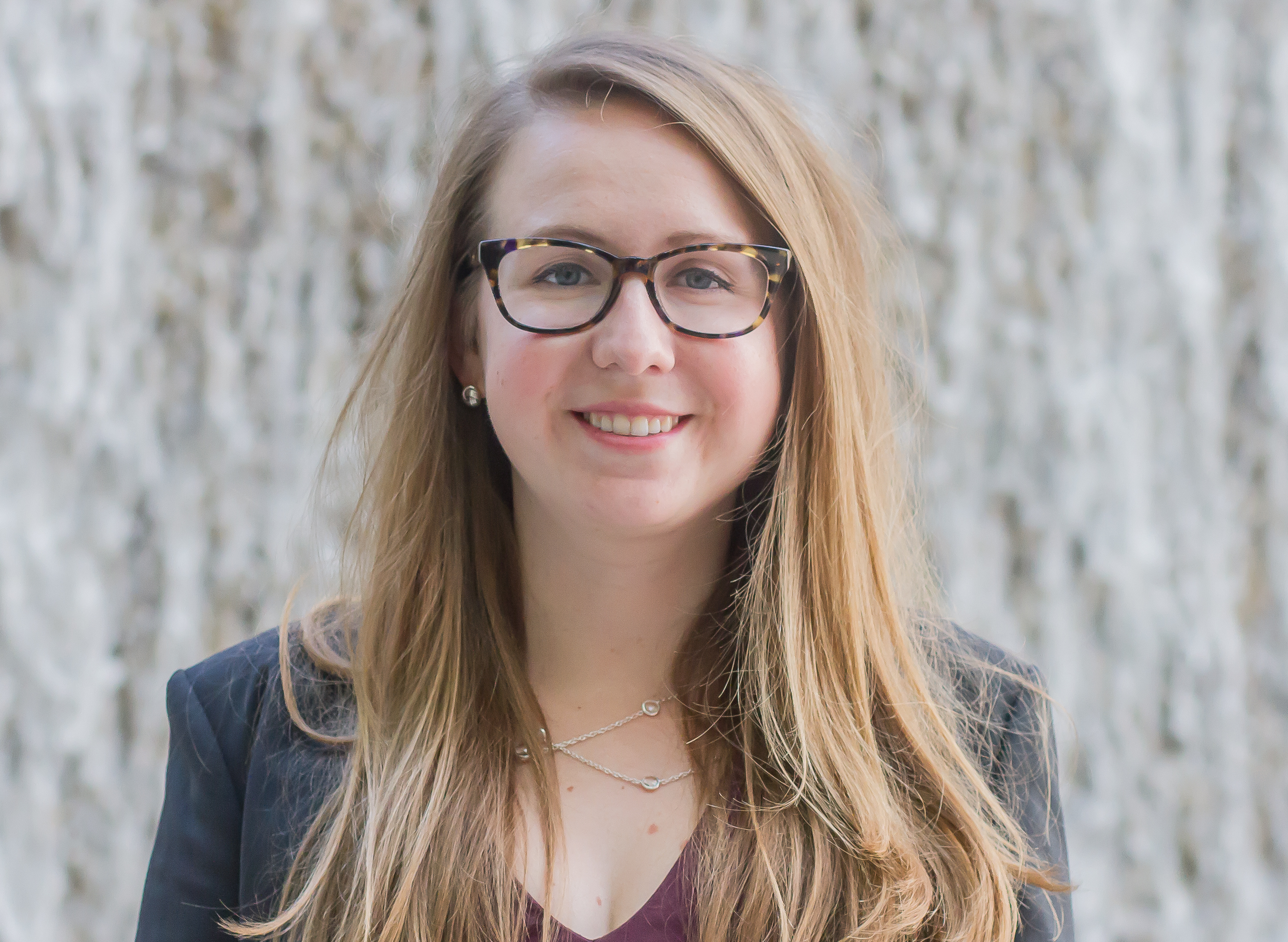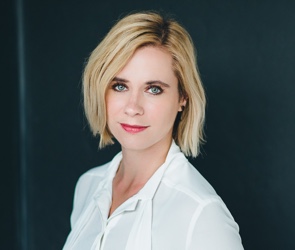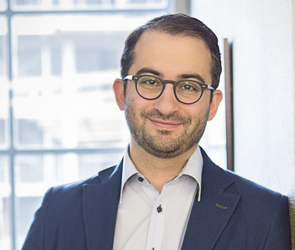
Marissa Kirsh likes to see concrete results. As a fifth-year associate in the construction and infrastructure group at Osler, Hoskin & Harcourt LLP, she’s part of a team that brings designs on a page to life. That’s true whether she’s working with clients to hammer out the paperwork on a field of solar panels, a skyscraper or a nuclear power facility.
“It’s very cool to see these kinds of projects get off the ground,” says Kirsh. One recent file she was involved in has now become a building in downtown Toronto. “I walk two blocks away from my office and I can see it. It’s been built.”
That real-world impact is what attracted Kirsh to the practice area. It’s one of the few subgroups within commercial law that produces tangible results that she can see and touch. Here, Kirsh explains how her work allows construction and infrastructure projects to take flight.
What’s a typical file in the world of construction law?
Kirsh spends much of her time representing construction companies that the government has partnered with to build a major public work. One example might be a hospital. Otherwise, she advises private companies who have hired a contractor to build some type of infrastructure.
How do these projects unfold?
The first stage is often a bidding process. If her client is a contractor, she prepares the necessary documentation to place a bid on an upcoming project. If she’s representing the owner of the project, she helps her client select the right construction company for the job. In both instances, Kirsh takes a series of calls and meetings with her client to understand their business needs. She often uses skills she developed while studying engineering in university, which are helpful but not required for working in construction law.
Once the bidding process is over, the second stage is to negotiate a final contract. This agreement covers how a project will be built and, perhaps most importantly, what happens if things go awry. “Let’s say a wind turbine is delivered late,” says Kirsh. “Our agreement needs to plan for that possibility. We would want to make sure that everyone is compensated accordingly and that the project continues on schedule.”
What’s the biggest challenge in your line of work?
Over the course of a large construction project, there are always setbacks and unexpected problems. “You have to work under time crunches,” says Kirsh. “If a client encounters a setback, we’re here to help them resolve it.”
What do you love about your job?
It’s a collaborative yet challenging work environment. “At the end of the day, we’re all on the same page,” says Kirsh. “We all want the project to be built. That makes this type of work particularly attractive.”
At Osler, you also sit on a committee that represents the firm’s associates. Can you talk about that?
Associates working across a range of practice areas volunteer to sit on Osler’s Associates Representatives Committee, which brings ideas and issues affecting associates to the attention of the firm’s partners. The committee recently organized an event where associates nominated particularly strong mentors for an award. “People need champions,” says Kirsh. “Having someone there to guide you can really improve an associate’s experience, so it was our way of saying we appreciate what they’re doing.”

Photo by Christian Paul

Sponsored





